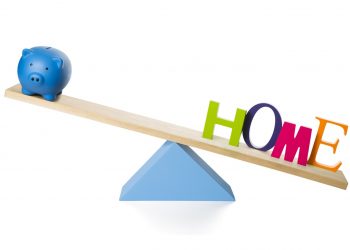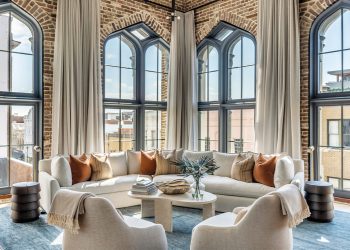There are several factors that weigh on home value, including condition, location, and—in areas where they are most pronounced—environmental hazards such as poor air quality.
According to the ATTOM Data Solutions recent Environmental Hazards Housing Risk Index, 17.3 million single-family homes and condominiums have a high risk of an environmental hazard, with Denver, Colo., San Bernardino, Calif., and Curtis Bay, Md., facing the highest risk. Environmental hazards include brownfields, or property contaminated (or potentially contaminated) by a hazardous substance, polluters, poor air quality and superfunds.
“Home values are higher and long-term home price appreciation is stronger in zip codes without a high risk for any of the four environmental hazards analyzed,” says Daren Blomquist, senior vice president at ATTOM Data Solutions. “Corresponding to that is a higher share of homes still seriously underwater in the zip codes with a high risk of at least one environmental hazard, indicating those areas have not regained as much of the home value lost during the downturn.
“Conversely, home price appreciation over the past five years was actually stronger in the higher-risk zip codes, which could reflect the strong influence of investors during this recent housing recovery,” Blomquist says. “Environmental hazards likely impact owner-occupants more directly than investors, making the latter more willing to purchase in higher-risk areas. The higher share of cash sales we’re seeing in high-risk zip codes for environmental hazards also suggests that this is the case.”
In areas with a “very high” brownfield risk, 17.2 percent of properties are “seriously underwater,” according to the Index; in areas with a “very low” brownfield risk, 8.9 percent of properties are seriously underwater. Median home prices in very high brownfield risk areas are 2.8 percent below 10 years prior, while median home prices in very low brownfield risk areas are 2.8 percent above 10 years prior. Home sellers in very high brownfield risk areas gained 25.3 percent on average at sale, while sellers in very low brownfield risk areas gained 18.9 percent.
In areas with a very high polluter risk, 12.7 percent of properties are seriously underwater, compared to 9.2 percent of properties seriously underwater in very low polluter risk areas. Home sellers in very high polluter risk areas gained 16.6 percent on average at sale, while sellers in very low polluter risk areas gained 27.7 percent.
For areas with a “low” or “moderate” risk of poor air quality, home sales volume has increased 26 percent in the past five years, according to the report; for areas with a “high” risk of poor air quality, home sales volume has increased 16.5 percent in the past five years, while in areas with a very high risk of poor air quality, home sales volume has increased 3.3 percent over the past five years.
Median home prices in very high superfund risk areas are 1.5 percent below 10 years prior. Home sellers in high superfund risk areas gained 19.6 percent on average at sale, while sellers in very low superfund risk areas gained 24.4 percent.
Source: ATTOM Data Solutions
For the latest real estate news and trends, bookmark RISMedia.com.










